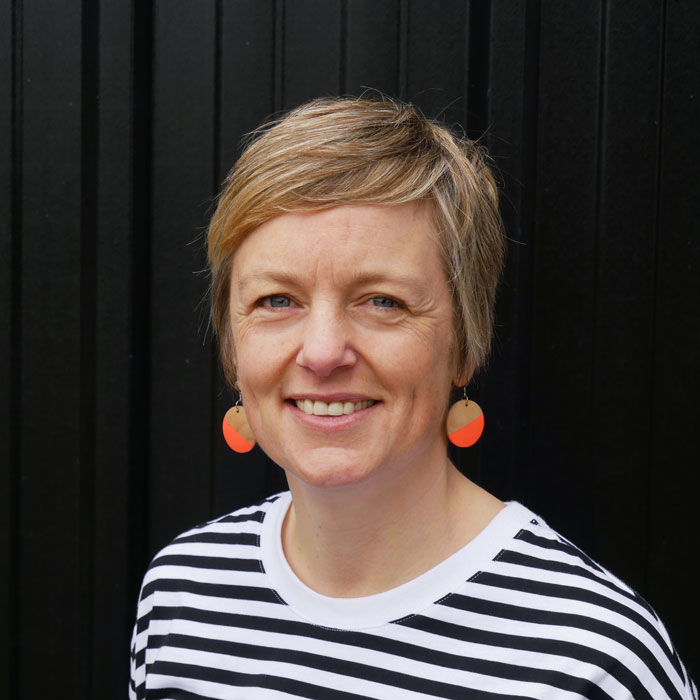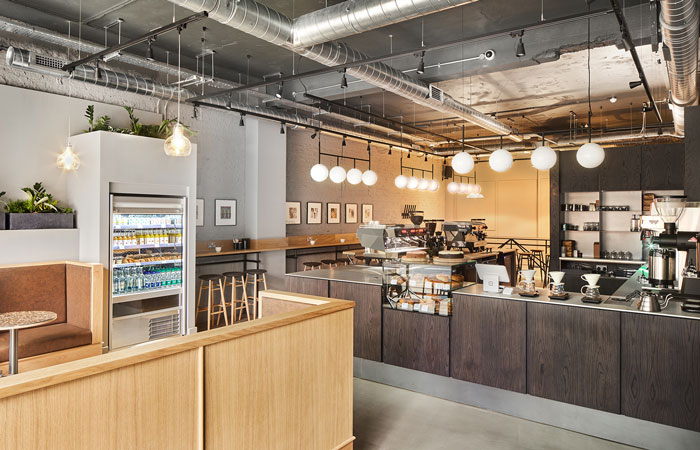Sustainable Innovation Interview Series: Anna Hart, Hart Miller Design
Understandably sustainability is an important topic of conversation between Commercial Interior Designers and Suppliers. This series of interviews aims to share knowledge of new materials but goes on to challenge how circularity can succeed in the commercial sector and what that production model may look like. We also focus on action by asking our interviewees to share examples of how they’ve delivered sustainably innovative projects in order for the sector as a whole to learn and grow.
We sat down with our Sustainability Ambassador Anna Hart to learn from her expertise in launching sustainable commercial products and delivering interior projects which demonstrate her approach to sustainable design.
Enjoy the full Sustainable Innovation Interview Series here

Please could you introduce yourself and your role?
Hello! I’m Anna Hart – a designer working in the fields of both interior and furniture design.
I’m co-founder of contemporary contract furniture manufacturer MARK Product and design studio Hart Miller Design (HMD) where we focus on interiors for hospitality, workplace and learning environments.
My role across both is Creative Director which sees me working on the vision and direction for our projects whether interior or product, and developing and navigating the brand strategy. With a designers and a manufacturer’s hat on I do enjoy the wider viewpoint this role allows me when considering certain opportunities and challenges in our industry.
I like to be engaged with our live projects on a day-to-day basis as this is where I learn the most about how we can create positive an impact through the end result and it’s where we get to balance our choices whether they are driven by a brand goal, a budgetary consideration or an ethical sustainable choice.
Ultimately my role always comes back to thinking about how people will feel when they interact with the brand, our furniture, or an interior so I very much like to keep a ‘whole’ view of what we’re trying to achieve both for our clients and as a company.

Hart Miller Design: Beanberry Coffee Company
What innovation have you found in materials suitable for commercial interiors?
Most of the material innovations we’re excited about aren’t ones we’ve yet had an opportunity to use yet. BIOHM are doing really interesting stuff with Mycelium and we’d love the opportunity to develop something with their materials in mind.
We’ve also just got our hands on some samples of Recoma which is a construction board so looking at whether that has potential to replace ply in instances where we use that for structural elements. Neverwaste is another of these materials which appears to have potential for huge positive impact.
We also had samples of Kbriq which is in its final stages of BBA certification in the UK to enable it’s commercial use so it does feel like there’s exciting stuff happening
So in short, lots of potential which is exciting!
Can circularity truly be integrated within a commercial interior project?
One of the principles we strive to include in our specifications is design for end-of-life.
One of the simplest ways to integrate this level of circulatory in to projects is to lead with natural first on materials – if you have a 100% hemp, wool or cotton fabric or a solid timber top then it’s going to be easy to make that circular as it will naturally breakdown at end of life.
With some innovative materials the reality of things being recycled can be more problematic when you start to ask where can I recycle it. With so little recycling done in the UK the reality of getting some of the innovative materials recycled again isn’t always straightforward.
There also phrases like bio-resin or plant based which come up time and again in innovative material specification but when you dig in to the recycling aspect it’s doesn’t stack up as it might only be 5% plant-based content and still 95% fossil fuels and then you’ve got a mixed material of waste which is even harder to get recycled.
How have you addressed sustainable innovation within the production, and end of life, of your products?
As we look at designing for end-of-life when we’re putting design schemes or product specifications together it’s a mantra we have in mind as part of the design process – it’s at those stages where we have influence and can make suggestions to clients.
We have since our inception at MARK ensured that we have no bonded materials in the production of all our furniture so everything can be separated for recycling at end-of-life.
We have also experimented with the materials we offer such as having an innovative black sheet plastic produced from waste farm plastics as one of three choices on the table top and bench seat when we launched our Meta outdoor tables. Early feedback demonstrated it was not well liked as an option despite its credentials whereas the other two options – Smile Plastics or solid timber slats are very popular (and thankfully equally good on credentials!).
How could you work with Commercial Interiors Designers in order to deliver sustainable projects which achieve high levels of accreditation?
For accreditation I think that information is key – the data is building for designers and sustainability specialists to make informed choices. As a designer or a manufacturer our role is providing transparent information to facilitate an informed discussion.
EPD’s are a growing tool to review sustainable choices but they are not a demonstration that a product IS sustainable – you have to know how to investigate the data. I would also highlight that if we focus on accreditation only then there can be missed opportunities to have a broader impact.
If you look at FSC chain of custody for example not all small-scale makers can afford to be FSC certified so even if they are procuring FSC timber they won’t be able to provide the evidence to get the box ticked. I would argue that supporting small scale makers is more important here than ticking a box so you need good communication to share make that happen.




